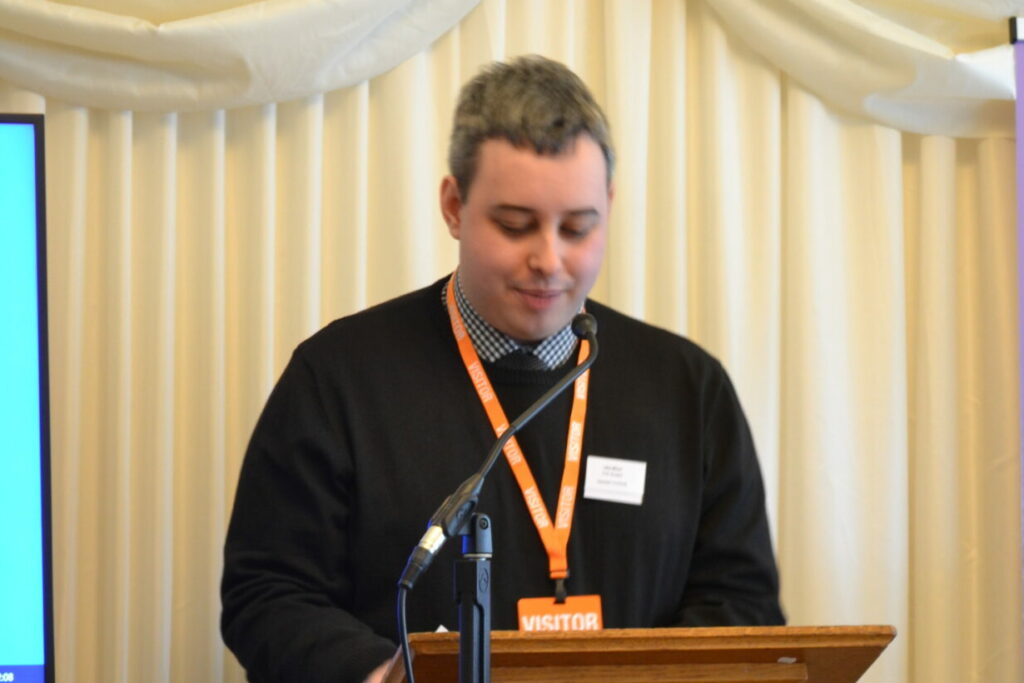This blog was first published as part of the Creative Industries Federation’s campaign to promote the importance of creative education. Find out more about the campaign and how you can support it here.

University Alliance is a mission group, championing universities that are committed to providing their students with the technical skills and experience they need to enter the world of work, and which society needs in order to face the future head-on. This language of skills and technical education may imply a focus on STEM subjects but in fact our members educate over 24,000 students in creative arts or design subjects. Multiple Alliance Universities are ranked within the top ten in the UK for Art, Design, Fashion, Architecture, Film and Photography. Our passion for and promotion of the creative arts is at the heart of what makes us unique as universities.
Along with their valued importance to our own universities and students, we believe the creative arts are fundamentally crucial to society as a whole. With celebrated artists from L.S. Lowry to Grayson Perry; multiple MOBO, Grammy, BAFTA and Brit award winners, and a former children’s laureate and current poet laureate among our members’ alumni, we know better than anyone the colossal cultural value of our creative arts sector. But we also see first-hand the economic and social effect of the arts and the benefits for the local community of the cultural infrastructures built as a result of university-industry knowledge exchange programmes. This is to say nothing of the national economic impact of a creative sector which is the fastest growing industry in the UK, worth £101.5 Billion a year and which provides 2 million jobs.
Even these impressive figures don’t give a full impression of the importance of a creative education. Alliance Universities recognise that the creative arts have benefits far beyond their own discipline. Our members push the boundaries using innovative, interdisciplinary teaching methods, blending arts and STEM to ensure that creativity is woven throughout the curriculum. We want to ensure that this is the case throughout the educational system, far before a student reaches university.
Far too often, subjects are viewed through a narrow lens of Arts vs Science and Technology, when in fact both areas are multidisciplinary and should sit side-by-side. After all, creativity is the foundation of innovation; a trait more traditionally associated with STEM. Educational pathways should not be viewed as a binary decision, as creative education teaches essential transferable skills, applicable far beyond a career in the arts. In fact, Linkedin recently undertook a study of hundreds of thousands of job postings to find out what companies are looking for most. According to their results, the number one soft skill companies want in 2019 is creativity.
With the growing importance of AI and innovative technology, a creative education is more essential than ever to delivering a variety of economic, social and cultural benefits. It is therefore vital that creative education is given the support and prominence in the curriculum it deserves and that progression routes exist to support students to continue to study creative subjects at higher levels. We are proud to support this campaign as we want future generations to be equipped with the skills, opportunities and talents that our universities and most importantly our society needs to thrive.




